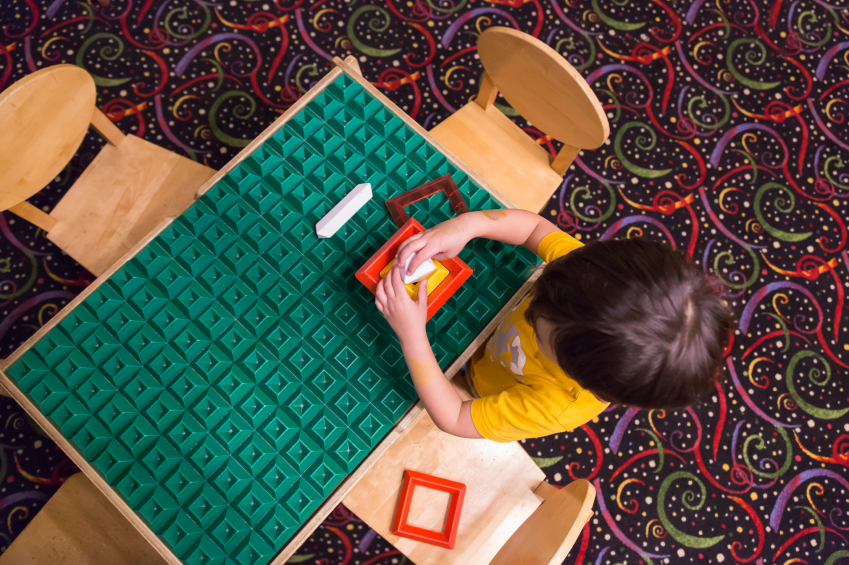4 types of therapy for kids + how to understand them


When it comes to your kids, there are many different options for counseling or therapy, and it’s hard to sift through everything you hear online, from friends and from their teachers. This is an easy guide to tell you what is what in the child and adolescent therapy world.
All of these modes of counseling involve both the children and the parents, who are each part of a larger family system. When one part in the system isn’t working, everyone involved needs to work together to make it function again, or function properly.
Cognitive Behavioral Therapy (CBT)
Targets: Thoughts and behaviors; retraining the brain to act in a different and healthier way
Helps: Kids who may be showing signs of behavioral issues (such as not following the rules or acting out)
A CBT therapist will most likely talk to both parents and kids about creating structure, expectations, rules, rewards, consequences and behavior contracts. This means giving age appropriate tasks with rewards after for a job well done, or age appropriate consequences for tasks not done. Humans in general respond to positive reinforcement, so you’re essentially training your kids to do good things for rewards.
Parent Child Interactional Therapy (PCIT)
Targets: Quality of parent and child relationship
Helps: Little kiddos (2.5-6 years old) with behavioral issues, especially those in the foster care system
PCIT therapists observe and analyze to recognize patterns in behavior and dynamics, and intervene to create healthier parent/child relationships. They teach basic parenting skills on how to provide a healthy and loving home environment and work with parents and kids to create healthier behaviors, which can help decrease childhood aggression, conduct issues and defiance toward authority.
Structural Family Therapy
Targets: Structure and hierarchy of the family system
Helps: If it feels like the kids are running the house instead of the parents, or there are many issues between relationships (i.e. between parents, between siblings, between parent and child)
Structure does not always sound fun, but kids need structure, as chaos does not create healthy human beings. In a structured hierarchy, the parents are at the top, in charge together (one parent is not over the other parent), and the kids are at the bottom together (none of the kids rule over the other kids). This type of therapy can be especially helpful for blended families with step relationships.
Play Therapy
Targets: Allowing a child to express thoughts and feelings through play
Helps: Kids ages 3-12 who have experienced trauma
Trauma can encompass many issues for different people. Something that may not seem traumatic to adults may be trauma to a child, such as parental divorce, moving, a new sibling, starting a new school or being bullied by other kids. For children, emotions come out in play, through games or drawing, and giving them the space to express their anger or pain is important. Play therapists are trained to see which signs show which emotions in children.
How do you know when it’s time to take your child or children to counseling?
When a child starts to act out or repress thoughts and feelings, or is not acting like themselves, talk to them at home about how to identify and express various emotions. However, if something is past your skill set (i.e. more than identifying emotions and being a listening ear), it could be a good time to find a therapist, before things get uncontrollable.
In the meantime, there are some interventions you can try at home before counseling:
- Identify emotions with emotion faces (Google Image this) – show the emotion face and ask your kids when they have felt this way.
- Teach healthy coping skills for when kids feel a negative emotion, such as walking outside, listening to music, coloring, journaling or playing with pets.
- Create a positive reinforcement system, such as a chart with chores, and use stickers to show small rewards. Allow kids to work up to bigger rewards.
- Create structure in the home with small things first, such as a daily schedule, eating dinner together nightly, game nights on the same night per week and chores with expectations.
Good luck on this parenting journey. You can do it, I believe in you!
